During a emergency repair in a historic building where soldering was prohibited and space was extremely limited, compression fittings saved the project. We completed the copper-to-PEX transition in confined walls without special tools or open flames, demonstrating their unique value in challenging situations.
Compression fittings excel in copper-PEX connections by eliminating need for specialized tools while providing reliable, reusable connections that withstand temperature changes and physical stress. Their simple three-component design works equally well for professionals needing quick repairs and DIY users seeking foolproof installation methods.
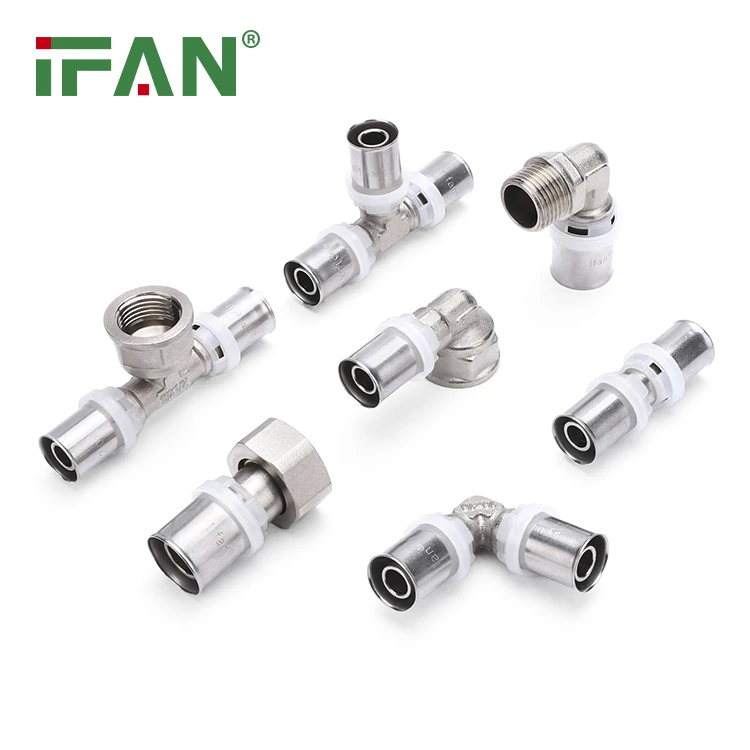
The versatility and simplicity of compression fittings make them particularly valuable for applications where other connection methods prove impractical or require significant tool investments. Let’s examine what makes these fittings uniquely useful across different scenarios.
How Do Compression Fittings Simplify Copper to PEX Connections Without Special Tools?
I recently helped a homeowner repair a burst pipe behind their kitchen sink using only the basic tools from their household toolbox. The compression fitting solution took 15 minutes and required no waiting for stores to open or special tool purchases.
Compression fittings require only two adjustable wrenches for installation, eliminating the need for specialized crimping tools, expansion equipment, or heat sources. The simple three-part design—body, compression ring, and nut—creates reliable seals through mechanical compression that anyone can achieve with basic tools.
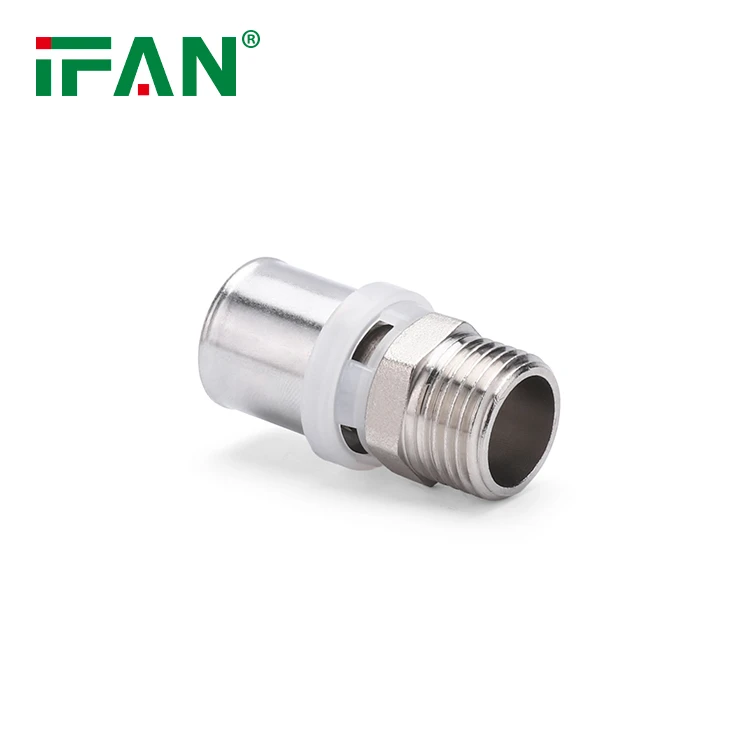
Tool Simplicity Advantages
The minimal tool requirement provides significant benefits:
Elimination of Specialized Equipment
Unlike other methods that require specific tools:
- No crimp tools needing calibration
- No expansion tools requiring batteries
- No soldering equipment producing open flames
- No proprietary tools locked to specific brands
Basic Tool Effectiveness
Standard household tools work perfectly:
- Two adjustable wrenches provide sufficient torque
- Standard pipe cutters prepare both materials
- Basic deburring tools clean pipe ends
- No precision measuring devices needed
Universal Tool Availability
The required tools are:
- Already owned by most homeowners
- Available at any hardware store
- Inexpensive to acquire if missing
- Familiar to users of all skill levels
Installation Accessibility
The simplicity creates unique opportunities:
| User Type | Traditional Method Barriers | Compression Solution |
|---|---|---|
| DIY Homeowner | Special tool costs, skill requirements | Uses existing tools, intuitive process |
| Maintenance Staff | Multiple tools for different systems | One method for various repairs |
| Professional Plumber | Time setting up specialized equipment | Immediate repair capability |
| Emergency Responder | Equipment logistics | Compact, complete repair kit |
What Makes Compression Fittings Suitable for Tight Spaces and Retrofit Projects?
We recently completed a high-rise condo retrofit where access behind finished walls was limited to small access panels. Compression fittings allowed us to make perfect connections in spaces where we couldn’t even see our hands, relying entirely on touch alone.
Compression fittings install in tight spaces because they require minimal tool movement—typically just a quarter-turn of wrenches in confined arcs—and their compact design fits where bulkier connection methods cannot. The ability to make connections by touch makes them ideal for blind installations behind walls and in other inaccessible areas.
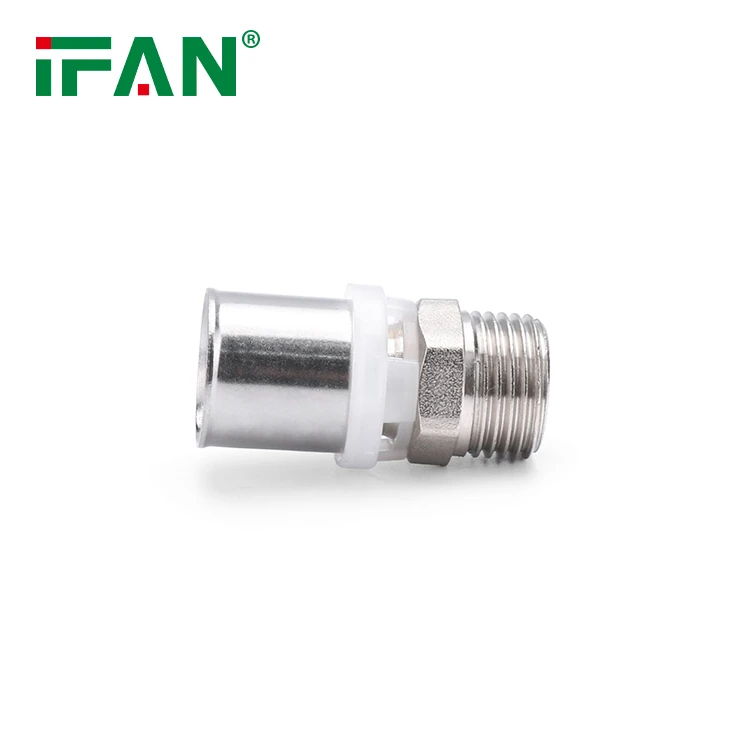
Space Efficiency Characteristics
Several design features enable compact installation:
Minimal Clearance Requirements
Compression fittings need:
- Only wrench clearance, not full tool access
- As little as 2-3 inches of working space
- No specific orientation requirements
- No visual contact for proper installation
Simplified Installation Motions
The connection process requires:
- Basic wrench turning in confined arcs
- No complex tool positioning
- No electrical or air power connections
- One-handed operation capability
Adaptability to Constrained Environments
Real-world space challenges addressed:
- Behind Walls: Work by touch through small openings
- Between Joists: Minimal clearance requirements
- Cabinetry: Fit in packed under-sink areas
- Equipment Rooms: Work around existing installations
Retrofit Application Advantages
Existing building upgrades benefit significantly:
Minimal System Disruption
Compression fittings allow:
- Working on live systems section by section
- Quick isolation and repair of problem areas
- No system-wide drainage requirements
- Minimal resident disruption during upgrades
Material Transition Flexibility
They easily connect:
- Old copper to new PEX systems
- Different pipe sizes when needed
- Various materials without adapters
- Existing valves and fixtures directly
How Do Compression Fittings Maintain Reliability Under Temperature Fluctuations?
We installed compression fittings in a manufacturing facility experiencing daily temperature swings from 40°F to 180°F. After three years of continuous monitoring, the connections showed zero leaks despite the extreme thermal cycling that caused other connection types to fail.
Compression fittings handle temperature fluctuations because the brass body and copper compression ring expand at similar rates as the copper and PEX pipes, maintaining constant compression force. The mechanical connection allows slight movement during expansion and contraction without losing seal integrity.
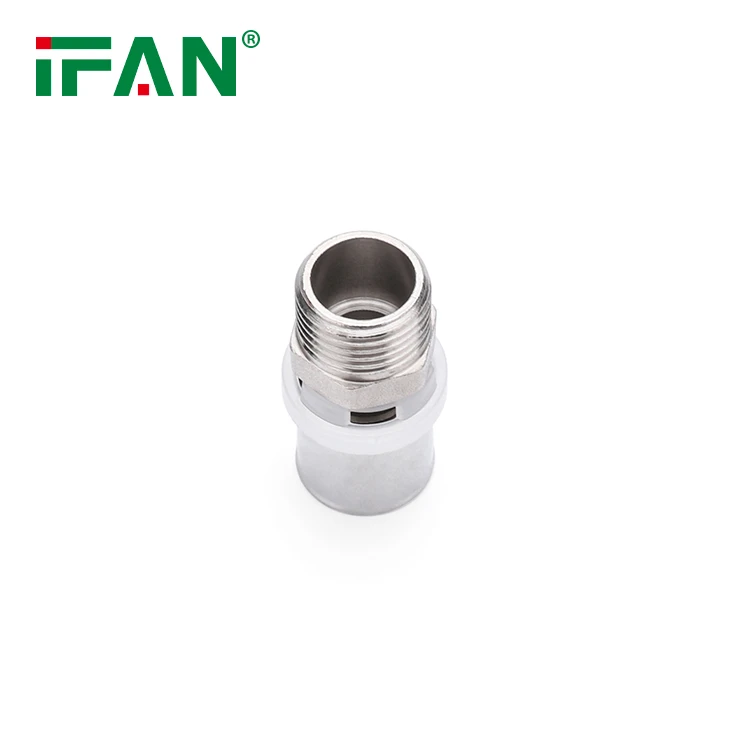
Thermal Performance Mechanics
The design manages temperature changes effectively:
Material Compatibility
Key components respond similarly to temperature:
- Brass fitting body: 18.7 × 10⁻⁶/°F expansion coefficient
- Copper compression ring: 16.5 × 10⁻⁶/°F
- Copper pipe: 16.5 × 10⁻⁶/°F
- PEX pipe: 90 × 10⁻⁶/°F (managed by flexibility)
Constant Compression Maintenance
The design ensures:
- Continuous spring-like compression force
- No relaxation during thermal cycling
- Consistent sealing pressure across temperatures
- Recovery after extreme temperature exposure
Stress Management
Thermal movements are accommodated by:
- PEX flexibility absorbing differential expansion
- Compression ring maintaining contact during movement
- No rigid bonds that fracture under stress
- Natural give in the compression system
Performance Data
Testing confirms thermal reliability:
| Temperature Condition | Compression Performance | Comparison to Other Methods |
|---|---|---|
| Freeze-Thaw Cycling | Zero failures after 100 cycles | Superior to rigid connections |
| High-Temperature Service | Maintains rating to 200°F | Matches PEX temperature limits |
| Rapid Temperature Changes | No leak development | Better than glued connections |
| Long-Term Thermal Cycling | Consistent performance | Excellent fatigue resistance |
Why Are Compression Fittings Ideal for DIY and Professional Installations Alike?
Our plumbing business uses the same compression fittings for both our professional service calls and the DIY kits we sell to homowners. This dual approach has demonstrated how one solution reliably serves users with completely different skill levels and requirements.
Compression fittings serve both markets perfectly because they offer professional reliability with DIY simplicity, reversible connections that allow corrections, and universal applicability across various scenarios. The same fitting works equally well for emergency repairs by homeowners and permanent installations by licensed professionals.
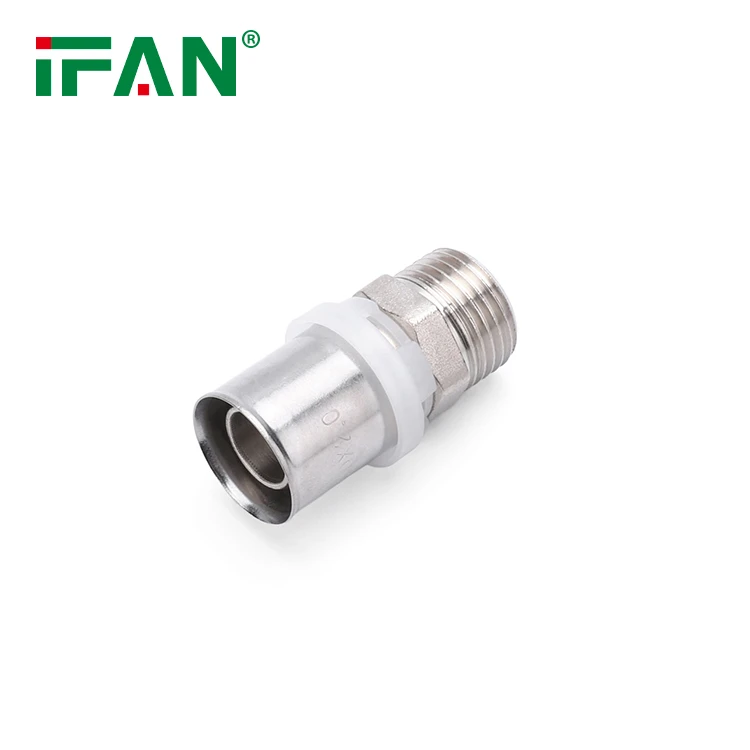
Dual-Market Advantages
Both user types benefit from shared characteristics:
Professional Efficiency
Time-saving benefits for contractors:
- Quick Repairs: 5-minute connection time
- No Tool Setup: Immediate use from tool belt
- Certain Results: Consistent performance every time
- Client Confidence: Visible, understandable connection method
DIY Success Factors
User-friendly aspects for homeowners:
- Forgiving Process: Self-correcting during installation
- Visual Feedback: Can see proper compression
- Error Correction: Reversible if mistakes occur
- Confidence Building: Simple steps create success
Application Versatility
Single solution for multiple needs:
Temporary to Permanent Applications
- Emergency Repairs: Immediate leak stopping
- Temporary Bypasses: Quick system modifications
- Test Installations: Verify layout before permanent installation
- Permanent Systems: Lasts decades when properly installed
Skill Level Adaptability
- First-Time Users: Intuitive process with minimal instruction
- Experienced Professionals: Recognized time-saving advantages
- Maintenance Staff: One solution for multiple repair types
- Emergency Responders: Reliable in high-stress situations
Cost-Effectiveness
Both markets appreciate value:
- No Special Tool Investment: Uses existing tools
- Reusable Components: Can be disassembled and reused
- Time Efficiency: Faster than alternative methods
- Reduced Callbacks: Reliable long-term performance
Conclusion
Compression fittings provide the ideal balance of professional reliability and DIY accessibility for copper-PEX connections, offering tool-free installation, space-efficient application, temperature-resistant performance, and universal suitability that makes them the optimal choice for users across all skill levels and applications.













Recent Comments